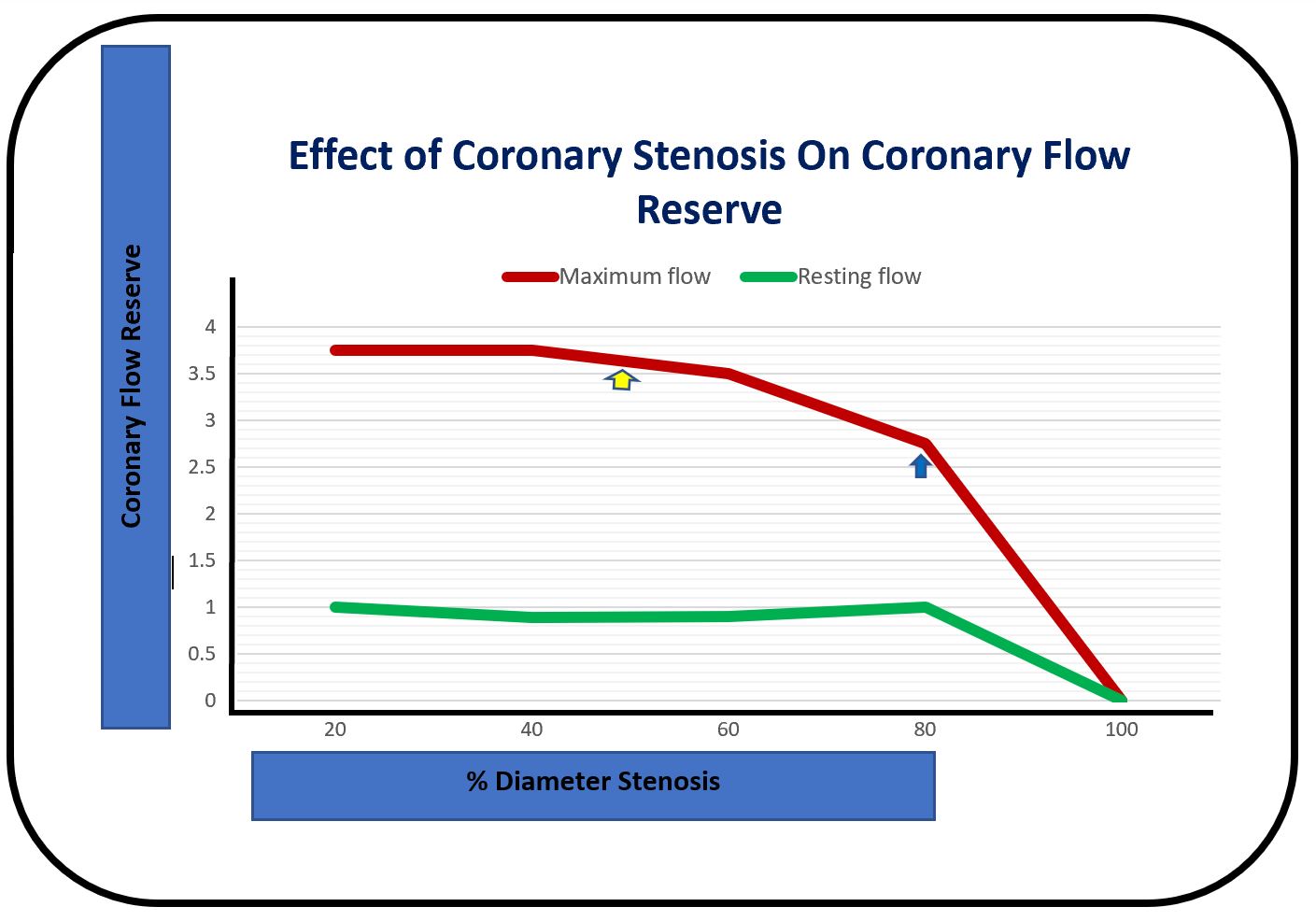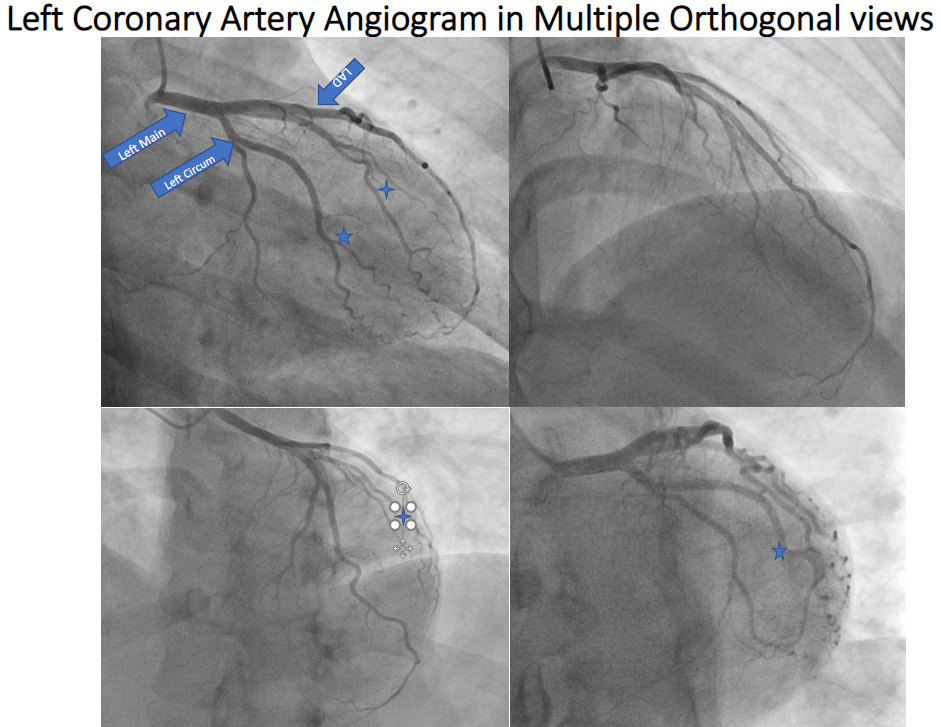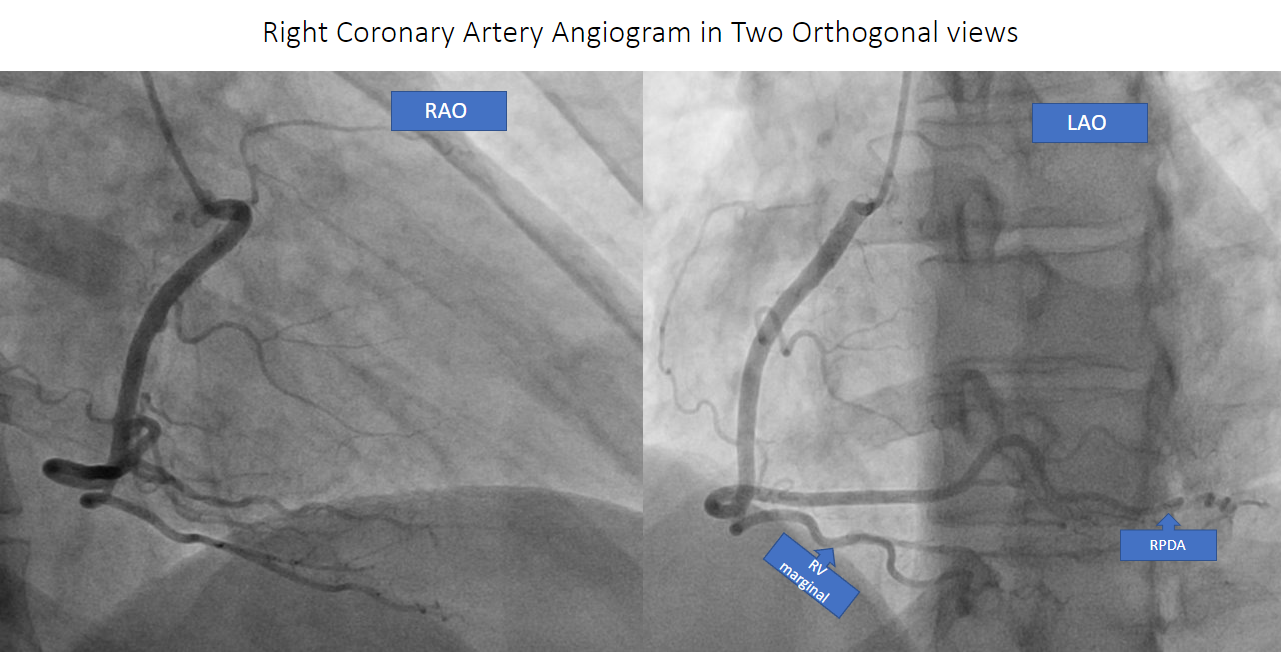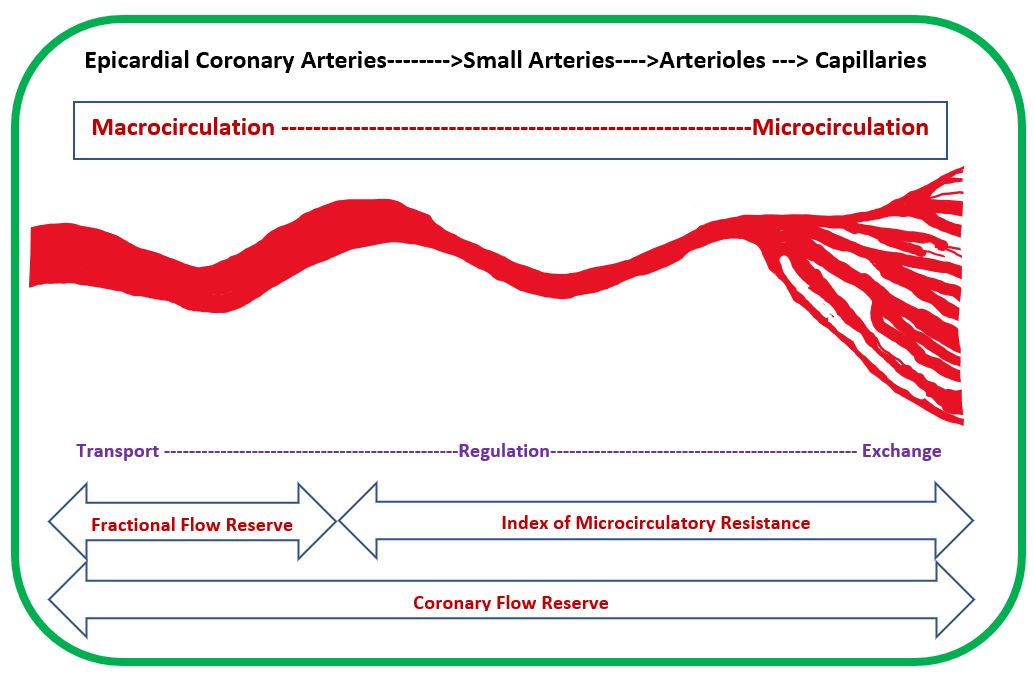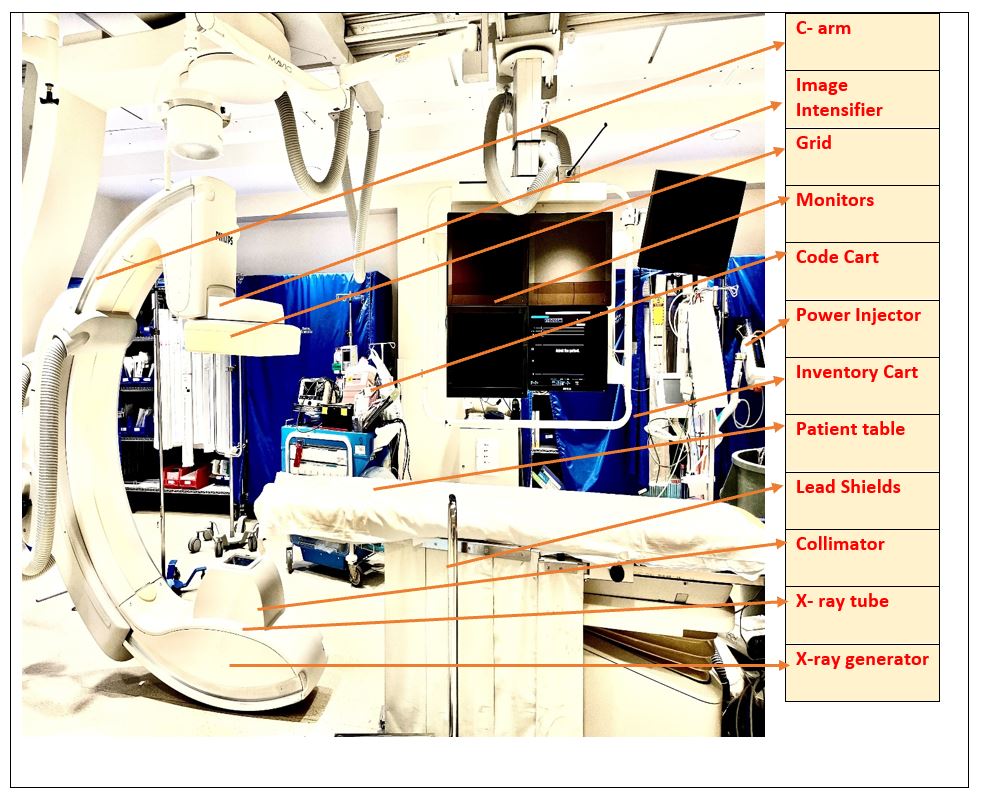[1]
Wilson PW, Culleton BF. Epidemiology of cardiovascular disease in the United States. American journal of kidney diseases : the official journal of the National Kidney Foundation. 1998 Nov:32(5 Suppl 3):S56-65
[PubMed PMID: 9820465]
[2]
Ryan TJ. The coronary angiogram and its seminal contributions to cardiovascular medicine over five decades. Transactions of the American Clinical and Climatological Association. 2002:113():261-71
[PubMed PMID: 12053714]
[3]
Rao Golla MS, Paul T, Rao S, Wiesen C, Yeung M, Stouffer GA. Risk of developing coronary artery disease following a normal coronary angiogram in middle-aged adults. The Journal of invasive cardiology. 2014 Dec:26(12):624-8
[PubMed PMID: 25480990]
[4]
Sharma SK, Vengrenyuk Y, Kini AS. IVUS, OCT, and Coronary Artery Calcification: Is There a Bone of Contention? JACC. Cardiovascular imaging. 2017 Aug:10(8):880-882. doi: 10.1016/j.jcmg.2017.06.008. Epub
[PubMed PMID: 28797409]
[5]
Mori S, Tretter JT, Spicer DE, Bolender DL, Anderson RH. What is the real cardiac anatomy? Clinical anatomy (New York, N.Y.). 2019 Apr:32(3):288-309. doi: 10.1002/ca.23340. Epub 2019 Feb 13
[PubMed PMID: 30675928]
[6]
Del Buono MG, Montone RA, Camilli M, Carbone S, Narula J, Lavie CJ, Niccoli G, Crea F. Coronary Microvascular Dysfunction Across the Spectrum of Cardiovascular Diseases: JACC State-of-the-Art Review. Journal of the American College of Cardiology. 2021 Sep 28:78(13):1352-1371. doi: 10.1016/j.jacc.2021.07.042. Epub
[PubMed PMID: 34556322]
[7]
Ryan TJ, Antman EM, Brooks NH, Califf RM, Hillis LD, Hiratzka LF, Rapaport E, Riegel B, Russell RO, Smith EE 3rd, Weaver WD, Gibbons RJ, Alpert JS, Eagle KA, Gardner TJ, Garson A Jr, Gregoratos G, Smith SC Jr. 1999 update: ACC/AHA Guidelines for the Management of Patients With Acute Myocardial Infarction: Executive Summary and Recommendations: A report of the American College of Cardiology/American Heart Association Task Force on Practice Guidelines (Committee on Management of Acute Myocardial Infarction). Circulation. 1999 Aug 31:100(9):1016-30
[PubMed PMID: 10468535]
Level 1 (high-level) evidence
[8]
Writing Committee Members, Lawton JS, Tamis-Holland JE, Bangalore S, Bates ER, Beckie TM, Bischoff JM, Bittl JA, Cohen MG, DiMaio JM, Don CW, Fremes SE, Gaudino MF, Goldberger ZD, Grant MC, Jaswal JB, Kurlansky PA, Mehran R, Metkus TS Jr, Nnacheta LC, Rao SV, Sellke FW, Sharma G, Yong CM, Zwischenberger BA. 2021 ACC/AHA/SCAI Guideline for Coronary Artery Revascularization: Executive Summary: A Report of the American College of Cardiology/American Heart Association Joint Committee on Clinical Practice Guidelines. Journal of the American College of Cardiology. 2022 Jan 18:79(2):197-215. doi: 10.1016/j.jacc.2021.09.005. Epub 2021 Dec 9
[PubMed PMID: 34895951]
Level 1 (high-level) evidence
[9]
Scanlon PJ, Faxon DP, Audet AM, Carabello B, Dehmer GJ, Eagle KA, Legako RD, Leon DF, Murray JA, Nissen SE, Pepine CJ, Watson RM, Ritchie JL, Gibbons RJ, Cheitlin MD, Gardner TJ, Garson A Jr, Russell RO Jr, Ryan TJ, Smith SC Jr. ACC/AHA guidelines for coronary angiography: executive summary and recommendations. A report of the American College of Cardiology/American Heart Association Task Force on Practice Guidelines (Committee on Coronary Angiography) developed in collaboration with the Society for Cardiac Angiography and Interventions. Circulation. 1999 May 4:99(17):2345-57
[PubMed PMID: 10226103]
Level 1 (high-level) evidence

